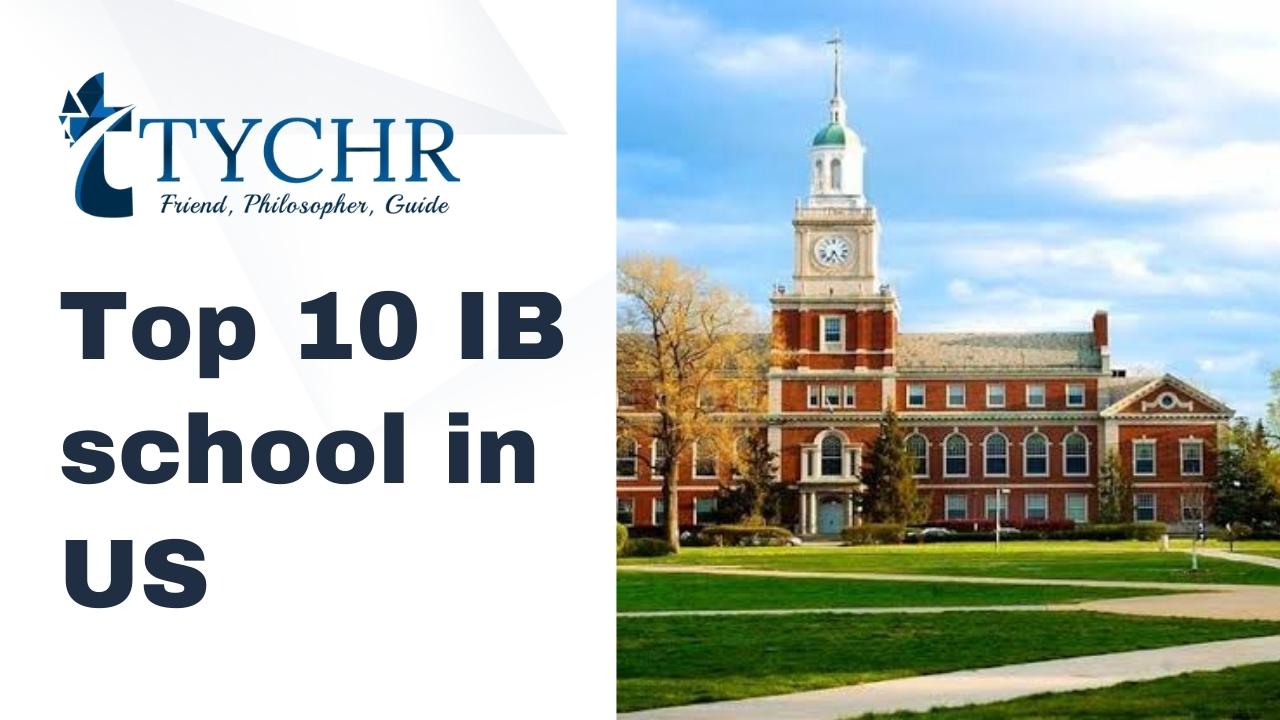Table of Contents [hide]
Picture this: you’ve worked tirelessly throughout high school, pouring your heart and soul into your studies, extracurricular activities, and community service. You’re proud of your achievements and eagerly await the moment when you can finally apply to college. But then it hits you – the realization that there are other factors at play in the admissions process. Factors like race, ethnicity, or gender that may affect your chances of getting accepted.
Welcome to the world of affirmative action in college admissions – a hotly debated topic that has sparked both support and controversy across the nation. In this blog post, we’ll dive deep into what affirmative action really means, its historical background, its pros and cons, as well as how it has evolved over time. So buckle up as we explore this complex issue together!
What is affirmative action?
Affirmative action is a policy implemented by educational institutions and employers to promote diversity and equal opportunity. It aims to address historical inequalities and provide opportunities for underrepresented groups, such as racial minorities or women.
In the context of college admissions, affirmative action seeks to ensure that students from diverse backgrounds have access to higher education. It takes into consideration factors beyond academic achievements, such as race or ethnicity, when evaluating applicants. The goal is not to lower standards or discriminate against any group but rather to create a more inclusive environment on campuses.
Supporters argue that affirmative action helps level the playing field for marginalized communities who have faced systemic discrimination in the past. They believe it promotes social justice and cultivates a vibrant campus community where students are exposed to different perspectives.
Critics of affirmative action question its fairness, claiming that it can lead to reverse discrimination against certain individuals who may be more qualified but are overlooked due to their race or gender. They argue that merit should be the sole factor in college admissions decisions.
Whether one supports or opposes affirmative action hinges on complex ethical questions surrounding equality, fairness, and representation in our society.
Also Read; How important are extracurricular activities in college admissions?
The history of affirmative action in college admissions
The history of affirmative action in college admissions is a complex and multifaceted one. It traces back to the 1960s when universities started implementing policies aimed at increasing diversity on their campuses. These policies were initially intended to address past discrimination and provide equal opportunities for historically marginalized groups.
During this time, the Supreme Court played a crucial role in shaping affirmative action policies through landmark cases such as Regents of the University of California v. Bakke (1978) and Grutter v. Bollinger (2003). The former case established that race could be considered as a factor in admissions decisions, while the latter upheld affirmative action as a means to promote diversity.
However, affirmative action has not been without controversy. Opponents argue that it amounts to reverse discrimination and violates principles of meritocracy. They claim that preferences based on race or ethnicity can unfairly disadvantage certain individuals who may have otherwise qualified for admission.
Despite these criticisms, many believe that affirmative action has played an important role in expanding access to higher education for underrepresented groups. It has helped create more diverse learning environments where students from different backgrounds can learn from each other’s perspectives.
Over time, there have been changes in how colleges approach affirmative action. Some institutions have shifted towards holistic review processes that consider various factors beyond just race or ethnicity. Others have implemented socioeconomic-based admissions programs to address broader disparities in opportunity.
In recent years, challenges to affirmative action policies continue to arise through legal battles and ballot initiatives seeking its elimination entirely or limitation on its use by colleges and universities.
The future of affirmative action remains uncertain as debates surrounding its efficacy and fairness persist. However, what cannot be overlooked is its significant impact on making higher education more accessible for historically disadvantaged groups.
Pros and cons of affirmative action
Affirmative action in college admissions has been a topic of intense debate, with supporters arguing that it helps level the playing field for underrepresented groups, while critics claim it can lead to reverse discrimination. Let’s explore some of the pros and cons surrounding this controversial policy.
On one hand, proponents argue that affirmative action is essential for promoting diversity on campus. By considering race or ethnicity as a factor in admissions decisions, colleges can create a more inclusive environment where students from different backgrounds have the opportunity to learn from each other’s experiences. This exposure to diverse perspectives fosters tolerance and prepares students for an increasingly multicultural society.
Additionally, affirmative action aims to address historical inequalities faced by marginalized communities. By providing preferential treatment to underrepresented groups, it attempts to rectify past injustices and promote social justice.
However, opponents assert that affirmative action can be unfair and discriminatory towards individuals who may be equally qualified but are not part of a designated minority group. They argue that merit should be the sole criterion in college admissions, irrespective of an applicant’s background or racial identity.
Critics also contend that affirmative action perpetuates stereotypes by implying that certain groups need special assistance due to their race or ethnicity. This viewpoint suggests that such policies undermine individual achievement and reinforce divisions based on skin color rather than focusing on equal opportunities for all.
Furthermore, there are concerns about the long-term effects of affirmative action policies. Critics worry they may create a sense of entitlement among beneficiaries instead of fostering self-reliance and resilience necessary for success beyond college admission.
It is worth noting that opinions on affirmative action vary widely depending on one’s perspective and personal experiences. While supporters believe it is an important tool for addressing inequality and promoting diversity in higher education institutions, critics argue against what they perceive as preferential treatment based solely on race or ethnicity.
The ongoing debates surrounding these issues highlight the complexity involved in finding solutions that balance the need for diversity and equal opportunity. As society continues to evolve, it is important to remain open-minded and receptive to different perspectives when evaluating the impact of affirmative action.
How has affirmative action changed over time?
Over the years, affirmative action policies in college admissions have undergone significant changes. Initially implemented as a means to address historical inequalities and promote diversity on campuses, affirmative action has evolved in response to societal shifts and legal challenges.
In its early stages, affirmative action focused primarily on increasing representation of underrepresented minority groups within higher education institutions. This led to the implementation of targeted outreach programs and recruitment efforts aimed at attracting diverse applicants. Admissions officers were encouraged to consider race as one factor among many when evaluating applications.
However, with time, these policies faced criticism from those who argued that they promoted reverse discrimination or unfairly disadvantaged certain individuals. As a result, there has been a gradual shift towards adopting more holistic approaches in evaluating applicants’ qualifications beyond just their racial or ethnic background.
Colleges and universities now emphasize factors such as socioeconomic status, personal achievements, leadership qualities, and overcoming adversity. This broader perspective acknowledges that diversity encompasses not only race but also experiences and perspectives shaped by various backgrounds.
Moreover, recent court rulings have placed restrictions on how race can be considered in admission decisions. Affirmative action policies must now meet strict scrutiny standards to ensure they are narrowly tailored to achieve educational benefits while avoiding unnecessary harm or quotas.
In addition to legal challenges, changing demographics have also influenced the evolution of affirmative action. As society becomes more diverse than ever before — both racially and ethnically — colleges strive for inclusivity by considering a wide range of identities when shaping their student bodies.
The ongoing dialogue surrounding affirmative action centers around finding a balance between providing opportunities for historically disadvantaged groups while addressing concerns about fairness and meritocracy. It is crucial for institutions to adapt their policies continually based on emerging research findings about what truly contributes to an inclusive learning environment.
As we move forward into the future, it is likely that further adjustments will be made within affirmative action practices in college admissions. By remaining attentive to shifting demographics and evolving social attitudes toward equality and diversity – alongside ongoing legal scrutiny – institutions can strive to create fair and equitable pathways for all aspiring
What challenges does affirmative action face today?
Affirmative action in college admissions has always been a contentious issue, and it continues to face numerous challenges today. One of the main concerns is that affirmative action policies may lead to reverse discrimination, where qualified individuals are denied admission based on their race or ethnicity. Critics argue that this undermines the principle of meritocracy and can create a sense of unfairness among those who believe they have been unfairly disadvantaged.
Another challenge is the ongoing legal battles surrounding affirmative action. Several court cases have questioned the constitutionality of using race as a factor in college admissions decisions. This has resulted in some institutions reassessing their policies or implementing alternative approaches, such as considering socioeconomic factors instead.
Additionally, opponents argue that affirmative action perpetuates stereotypes by assuming that certain racial or ethnic groups need preferential treatment to succeed academically. They argue for colorblind policies that treat all applicants equally based solely on their qualifications and achievements.
Furthermore, there is also debate around whether affirmative action truly addresses underlying systemic inequalities in education. Some critics suggest that focusing on improving primary and secondary education for underprivileged students would be more effective than relying solely on affirmative action in college admissions.
Changing political landscapes further complicate matters surrounding affirmative action. Shifts in government leadership often result in changes to policies and priorities related to diversity and inclusion initiatives.
Despite its long history and its intentions to promote equal opportunities for historically marginalized groups, affirmative action faces significant challenges today regarding reverse discrimination claims, legal debates over constitutionality issues, perpetuating stereotypes rather than addressing root causes of inequality, arguments favoring colorblind policies based on merit alone instead of race-conscious measures like socioeconomic status consideration only if at all necessary with emphasis placed elsewhere earlier within educational systems; thus creating additional difficulties navigating shifting political climates which impact these policy discussions moving forward.
Also Read: Early Action: Seizing Opportunities and Advantages in College Admissions
Conclusion
Affirmative action in college admissions has a long and complex history. It was implemented with the goal of promoting diversity and equal opportunity for underrepresented groups. However, it has also faced significant controversy and challenges along the way.
The pros of affirmative action include creating a more diverse student body, providing opportunities for historically marginalized groups, and challenging systemic inequalities. On the other hand, there are concerns about reverse discrimination, meritocracy being compromised, and the perpetuation of stereotypes.
Over time, affirmative action policies have evolved to address some of these criticisms. The focus has shifted towards holistic review processes that consider various factors beyond race or ethnicity alone. Many institutions now take into account socioeconomic status, personal experiences, leadership qualities, and community involvement when evaluating applicants.
Despite these changes, affirmative action continues to face legal challenges from opponents who argue that it violates principles of fairness and equal treatment. These cases have put pressure on colleges and universities to defend their admission policies in courtrooms across the country.
Nevertheless, many believe that affirmative action remains necessary to combat ongoing disparities in education access and achievement among different racial/ethnic groups. It is seen as an important tool for leveling the playing field and ensuring a more equitable society.
In conclusion (without using “in conclusion”), while affirmative action may not be perfect or without its controversies , its aim to promote diversity and provide opportunities for historically marginalized groups cannot be ignored . As conversations around equity continue to evolve , it is crucial to critically examine how our college admissions process can better reflect our commitment to inclusivity and social justice.











